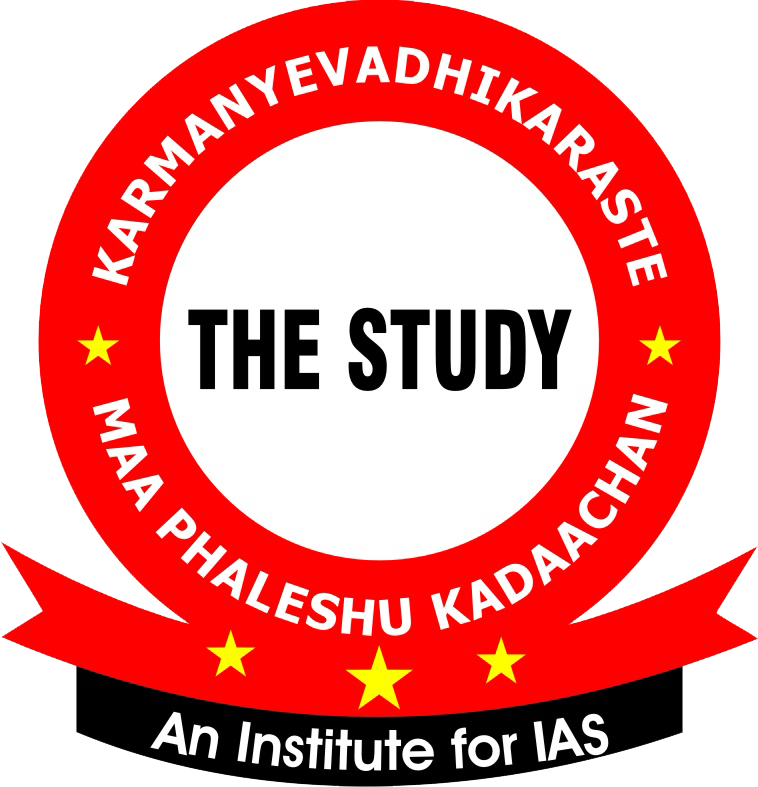July 31, 2023
INDIA-SRI LANKA
Why in the news?
During Sri Lankan President Ranil Wickremesinghe's visit to India, it is anticipated that several investments supported by India will be concluded.
Key Points
- Wickremesinghe was chosen by the majority of parliamentarians to deal with Sri Lanka's economic crisis.
- India is emerging as a serious alternative to China for global investment, with a focus on its manufacturing sector and ambitious trade deals.
- India provided $5 billion in economic assistance to Sri Lanka during the crisis in 2022, paving the way for the IMF's $3 billion program in March 2023.
- Sri Lanka is showing interest in Indian private investment, and India's Neighborhood First policy will enhance the regional attractiveness of South Asia. Bilateral engagement can naturally extend beyond the Indian Ocean and the Indo-Pacific, leading to increased trade and the creation of a stronger South Asian supply chain.
- A credit line paves the way for private and public investment, further increasing trade and creating a stronger South Asian supply chain.
- India-Japan bilateral relations serve as a model. India is the largest recipient of Japan's foreign aid, which has shifted from basic needs and health to infrastructure development like metro rail. Japan is also the fifth largest investor in India, with a cumulative investment of $38.7 billion.
- India-Sri Lanka needs to focus on five dimensions to walk on a common path.
Strengthen Aid Programmes
- India can consolidate its fragmented aid programme, currently routed through several ministries and agencies.
- To achieve this, establishing a single development bank in India would be beneficial.
- Good models like the Japan Bank for International Cooperation and the Development Bank of China already exist, supporting large-scale development projects globally.
- The Asian Development Bank, managed by Japan, can serve as a model MDB for South Asia.
Promotion Of Manufacturing and Service Sector
- With India emerging as a destination for manufacturing and services, it has the potential to strengthen supply chains in South Asia. Notably, significant private Indian companies are investing in Sri Lanka.
- The Adani Group's investment of $1.14 billion in renewable energy in the Mannar Basin and the West Container Terminal of Colombo Port, along with the Tata group's investments in Sri Lanka's tourism, agri-business, telecommunications, and automobiles, align with India's agenda of investing in renewable energy, infrastructure, and tourism in Sri Lanka.
- Sri Lanka has the opportunity to gradually integrate into India's emerging supply chain paradigm. Some attractive points in this regard include:
- South Asian countries have lower hourly wages compared to China.
- Businesses in the region are flexible and willing to work with small or custom orders, similar to China.
- To compete effectively, there is a need to focus on infrastructure development and implement border regulation policy related to logistics services, trade, and transport.
- Once implemented, South Asia can establish export processing zones and industrial clusters, supported by a well-organised supply chain.
- India is also actively working on trade agreements. It is crucial to expedite negotiations for a comprehensive and high-quality India-Sri Lanka Free Trade Agreement, with a specific emphasis on supply chains and foreign investment.
Digitalisation
- A special focus of India's G20 Presidency is digital public infrastructure.
- India's open-source fintech is among the world's best and is being adopted to achieve the UN's SDGs.
- India's UPI is rapidly gaining adoption worldwide, but it has not yet reached its South Asian neighbours.
- Sri Lanka should consider adopting India's digital public infrastructure.
Collaboration Of Central Banks
- There is a need for deeper engagement between the central bank governors of India and Sri Lanka.
- Economic crises necessitate frequent meetings and the establishment of an early warning system.
- The Asian financial crisis of 1997 led ASEAN to adopt a mutual monitoring mechanism for early warnings and crisis assistance among its member countries.
- India and Sri Lanka can collaborate on a similar system, which can be later expanded to include other South Asian nations.
- Such institutional mechanisms are crucial for ensuring regional stability.
Security
- India's primary concern with Sri Lanka is the presence of China.
- Cumulative Chinese investments make up 18% of Sri Lanka's 2021 GDP and account for 10.8% of the country's foreign debt, granting China exclusive access to Sri Lanka and its waters.
- India, Sri Lanka, and Maldives conduct a trilateral naval exercise and actively participate in the Colombo Security Conclave, led by the National Security Advisors, which also involves Mauritius, Bangladesh, and Seychelles.

